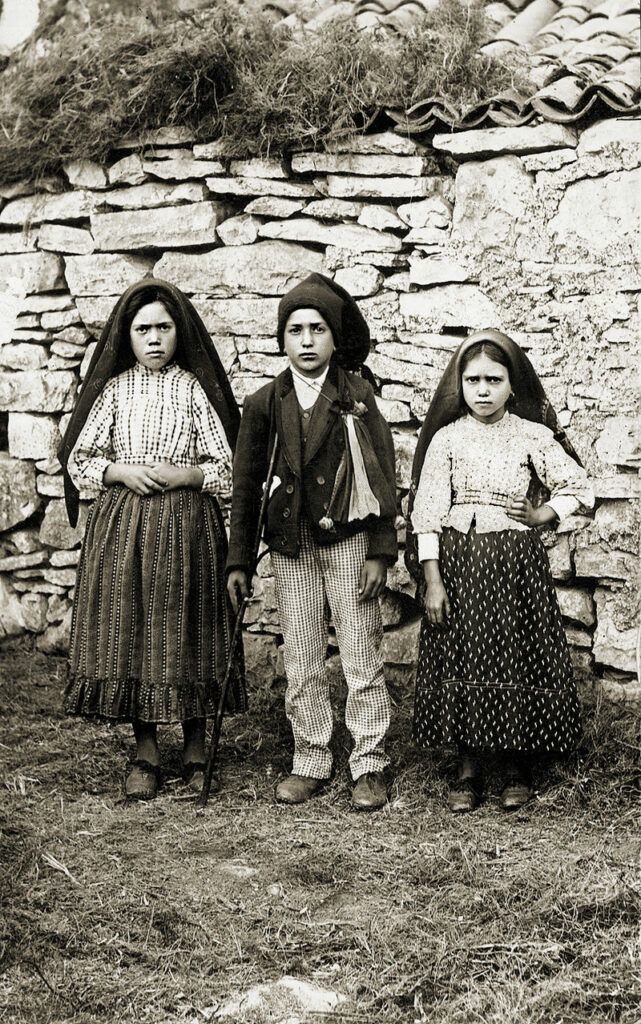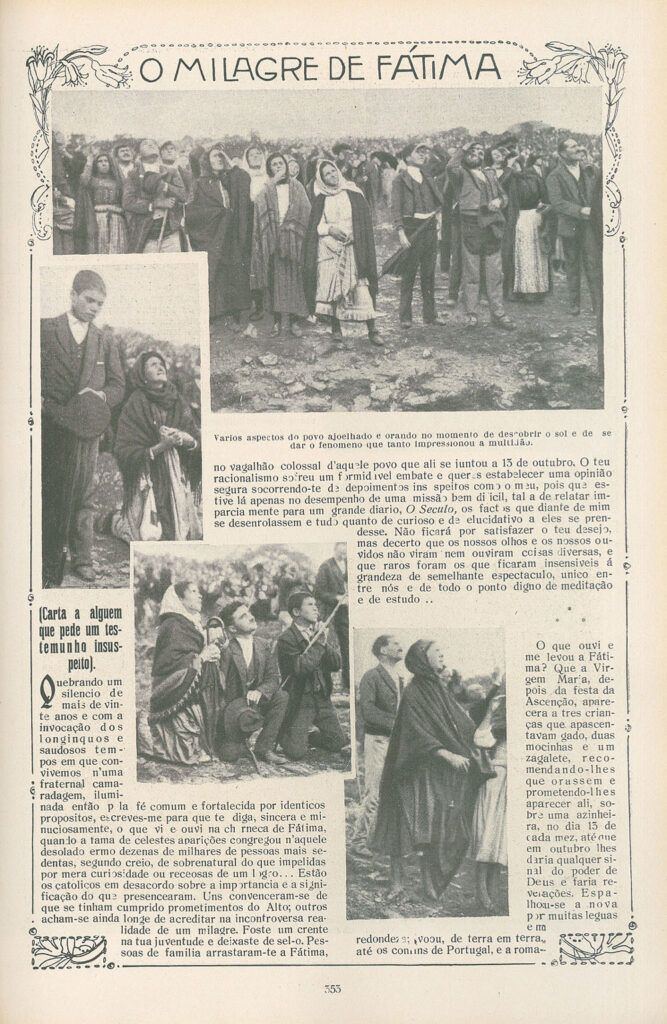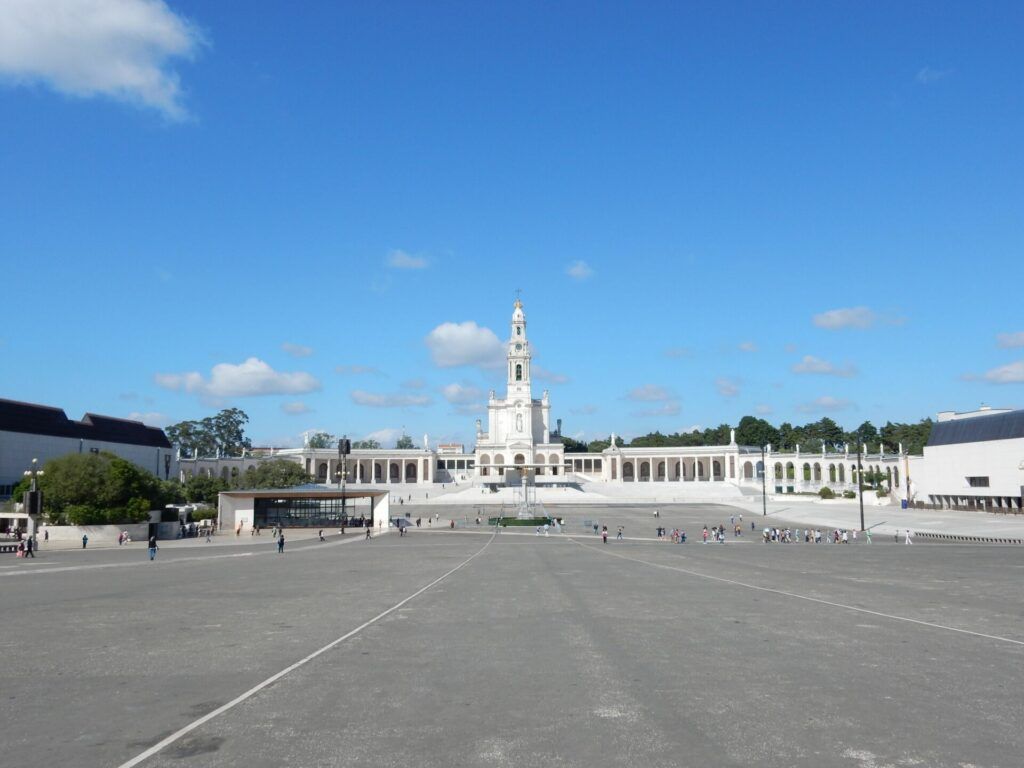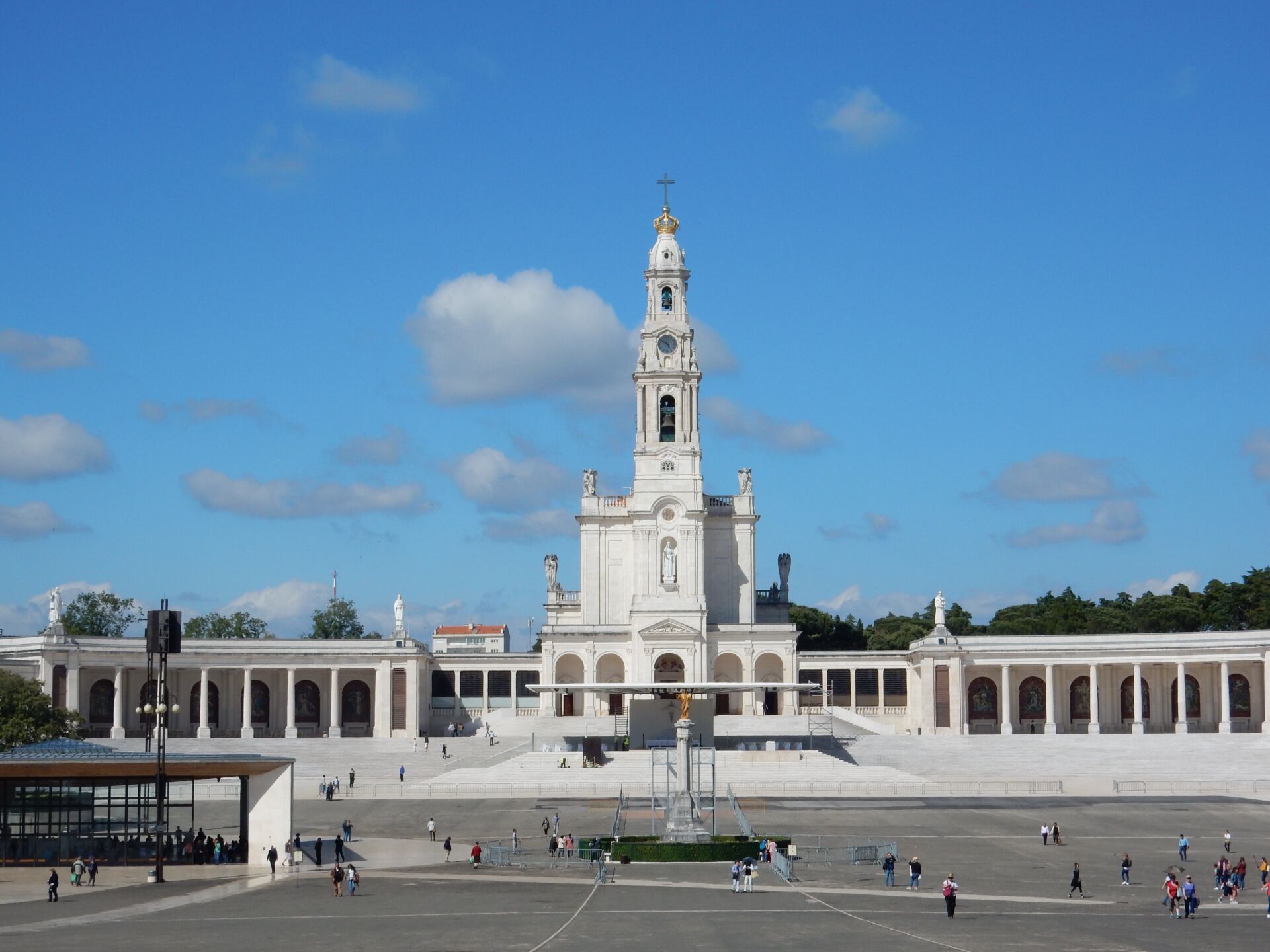Regardless of your religious beliefs, tomorrow is a special day in Portugal. It will be the 100th anniversary of the first apparition of Our Lady of Fátima. Pope Francis will spend nearly 23 hours in Portugal, starting today, to commemorate this event. But even for those who aren’t particularly religious, the event still has some cultural significance.
That’s because the miracle of Fátima is so ingrained in Portuguese culture: after all, how many Portuguese people can say their parents’ (or grandparents’) home didn’t have a portrait or figurine of Our Lady of Fátima? And by the age of 7, every Portuguese child knows the story of the pastorinhos. It has influenced Portuguese 20th century identity and, on this special anniversary, it has (unsurprisingly) seen a revival in the print and digital media. For those who are unfamiliar with the events that took place in Fátima, here is an abridged version.

The story
On May 13th, 1917, three little shepherd children (os três pastorinhos, in Portuguese), Lúcia dos Santos and her cousins, Francisco and Jacinta Marto, claimed to have seen a woman “more radiant than the sun” while they were tending to the sheep. That woman told them they must pray a lot and learn to read and that she would be back on the 13th day of the following months. In June, July, August, and September, the Virgin Mary appeared each month to the children who were aged 10, 9, and 7 at the time (although in August it took place on the 19th as the children were prevented from going to the meeting spot on the 13th). She told them that on October 13th, a miracle would take place there. By October, word about the apparitions had spread throughout the country. Tens of thousands of people made the pilgrimage, many on foot and in rainy conditions, to Fátima to witness the miracle. Accounts on actual events of the day vary from “nothing happened” to a 10-minute meteorological phenomenon where the rain stopped, the dark clouds disappeared and the sun danced and zig-zagged across the sky.

The Aftermath
In 1919 and 1920, Francisco and Jacinta (respectively) died from illness, both aged 10. By contrast, Lúcia would become a Carmelite nun and live until the ripe old age of 97. All three pastorinhos are buried in Fátima. In 1919, the first “Apparition Chapel” was built on the site the Virgin Mary appeared to the shepherd children – and funded entirely by locals. The first statue of the “Nossa Senhora de Fátima” was 1.1 meter tall and carved by a devout man from Braga in 1920. (Nowadays, little figurines – some of which are pretty and some of which are incredibly tacky – can be found by the hundreds on the site.) It was only in 1930 that the apparitions were recognized as a miracle by the Catholic Church.

Pope Francis will be the fourth Pope to visit Fátima in the last 100 years. And this time, it’s a special occasion because Francisco and Jacinta will be canonized. It is anticipated that up to 40,000 pilgrims will make their way to Fátima on foot and gather in the square (image above) in front of the basilica to celebrate and see the Pope. I wish them all a safe and enjoyable journey and hope they take some time to explore the rest of our beautiful country.


